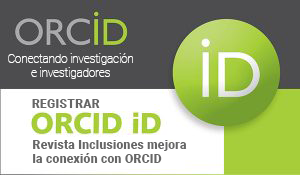THEORETICAL FOUNDATIONS OF THE COMPLEMENTARY SEMANTIC APPROACH IN EDUCATION
Palabras clave:
Complementary semantic approach, Recursion, Spatial model, Education, ArtResumen
The article presents the results of research on resources for improving the quality of the educational process in secondary schools when using a complementary semantic approach. The article is aimed at the uncovering and theoretical justification of ways that will help the teacher to effectively convey information to the pupil while helping the child to quickly and efficiently acquire this information based on own life experience. An ergonomic image-spatial organization of the educational process, whose semantics is demonstrated in the article, can become an effective mechanism for modernizing education. The authors believe that one of the reasons for the problem faced by Russian schoolchildren when testing using the PISA for Schools model and checking the level of mathematical, natural science, and reading literacy of children, is the lack of teachers’ care about the perception of information by each pupil. The complementary semantic approach to the construction of the educational process is aimed at solving exactly this problem.
Publicado
Cómo citar
Número
Sección
Los autores retienen los derechos de autor y otorgan a Revista Inclusiones el derecho de publicación bajo Creative Commons Attribution 4.0 International (CC BY 4.0). Esto permite el uso, distribución y reproducción en cualquier medio, siempre que se otorgue la debida atribución al autor.











